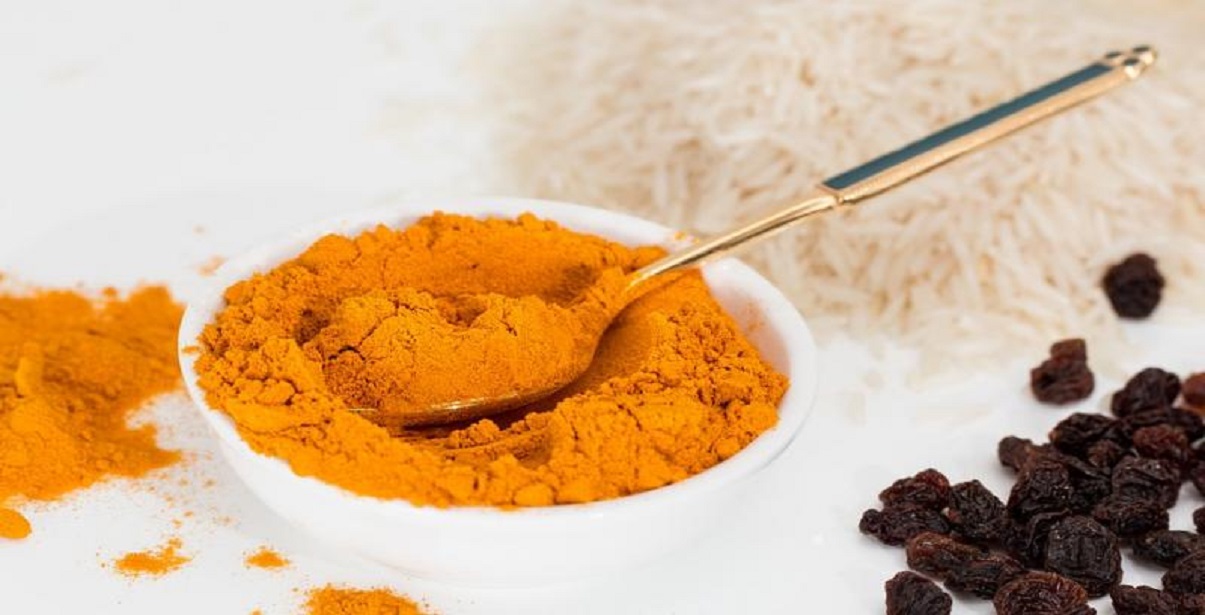
 New York: The binding of curcumin – a compound found in turmeric – to nanoparticles can be used to destroy treatment-resistant neuroblastoma, the most common cancer in infants, including researchers of Indian origin.
New York: The binding of curcumin – a compound found in turmeric – to nanoparticles can be used to destroy treatment-resistant neuroblastoma, the most common cancer in infants, including researchers of Indian origin.
Unique approaches to targeting tumor cells with nanoparticle delivery systems are promising for the treatment of resistant tumors, such as high-risk neuroblastoma, the researchers said.
“High-risk neuroblastoma may be resistant to traditional therapy, and survival may be poor,” said Tamarah J Westmoreland, a pediatric surgeon at Nemours Children’s Hospital in the United States.
“This research demonstrates a novel method of treating this tumor without the toxicity of aggressive therapy which may also have late effects on the patient’s health,” said Westmoreland, lead author of the study published in the journal Nanoscale.
Neuroblastomas are cancers that begin in the primitive nerve cells and commonly form in the tissue of the adrenal glands, near the kidneys.
High-risk neuroblastoma is difficult to cure and is more likely to become resistant to standard or repeat therapies.
These cancers are also associated with late effects after treatments have ended, including developmental delays, hearing loss or other disabilities, the researchers said.
Curcumin has been shown to have substantial anticancer ability, but its low solubility and poor stability have made its use in medicinal applications challenging.
The researchers discovered that nanoparticles can be used to deliver curcumin to tumor sites.
“This demonstrates that nanoparticles can be an effective delivery vehicle for cancer drugs,” said Professor Sudipta Seal of the University of Central Florida (UCF) in the United States.
“More research is needed but we are hopeful that it could lead to a more effective treatment of this devastating disease in the future,” said Seal, a collaborator in the study.
In the study, researchers loaded cerium oxide nanoparticles with curcumin and coated them with dextran to test cell lines for a high-risk form of neuroblastoma known as MYCN-amplified as well as non-amplified neuroblastoma.
This formulation induced substantial cell death in neuroblastoma cells, while producing minimal toxicity or only in healthy cells, the researchers said.
Overall, nano-therapeutic treatments showed a more pronounced effect on MYCN-amplified cells, which are traditionally more resistant to drug therapies, they said.




